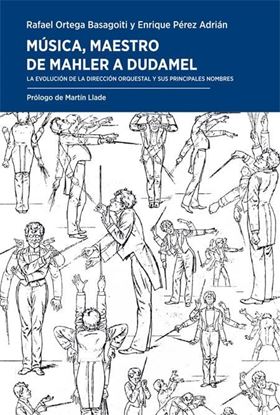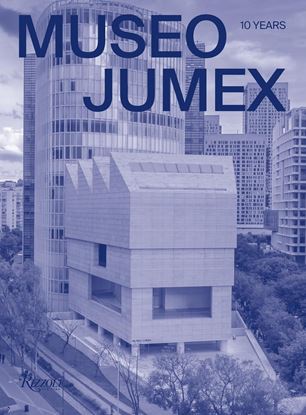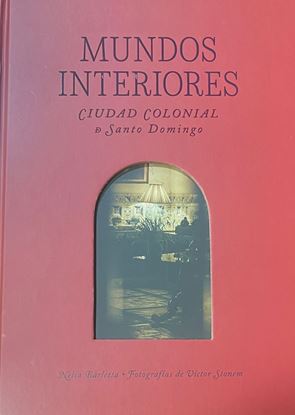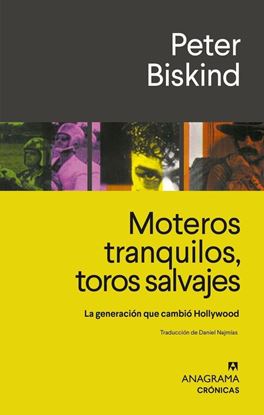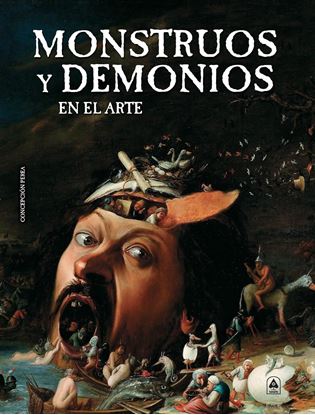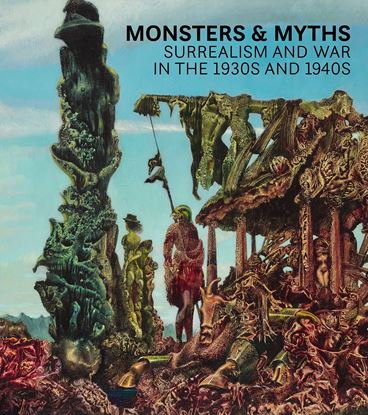

MUSICA, MAESTRO: DE MAHLER A DUDAMEL
Un ensayo original e inédito en español, que nos propone un recorrido por los principales hitos de la dirección orquestal: de los compositores-directores, de Richard Strauss a Leif Segerstam; los titanes, como Toscanini, Furtwängler, Walter, Kemplerer, los Kleiber o Celibidache; los artífices del Festival de Bayreuth, de Knappertsbusch a Janowski; los directores europeos emigrados a Estados Unidos, de Koussevitzky a Dorati; la edad de oro de la música grabada, con Karajan a la cabeza; las grandes batutas de Radio, de Jochum a Haitink; los directores italianos, los rusos, los «sires»… o los especializados en el Barroco. Están, sin duda, todos los grandes nombres, pero también unos cuantos más que lo merecen por su interés y, como apunta Martín Llade en su prólogo, «el juicio que sus autores nos proponen, podrá ser compartido o no, pero nunca dejará de ser justo, o de tratar de serlo». Un libro plagado con casi 1000 referencias onomásticas, 200 biografías de directores –no falta mención a las directoras de orquesta: las pioneras, las que ya han triunfado y las emergentes–, y un capítulo especial dedicado a las principales figuras de la dirección en España, que no renuncia a la concisión y que pone por encima de todo la honestidad. En efecto, los temas espinosos, que no escasean, no se eluden pero se enfocan siempre desde el respeto, «alejándose de esos chismes que tantas veces han llenado algunos libros con la pretensión de hacer historiografía a golpe de chascarrillo», apunta Llade. Un libro del que va a disfrutar cualquier amante de esa lengua universal que es la música clásica.
1,750
1,400
MUSEO JUMEX. 10 YEARS
This volume celebrates the 10th anniversary of Museo Jumex, Mexico City’s most important contemporary art museum, and its unique collection.
Located in the vibrant Polanco neighborhood of Mexico City, Museo Jumex opened its doors to the public in 2013 as a one-of-a-kind museum devoted to the production and discussion of contemporary art.
Founded by Eugenio López Alonso, a pioneer in the realm of contemporary art collecting in Mexico, and designed by Sir David Chipperfield, 2023 winner of the Pritzker Architecture award, Museo Jumex has achieved international recognition for its dual mission of bringing works of renowned international artists to Mexico for the first time and elevating the work of today’s Mexican and Latin American artists.
5,995
4,796
MOTEROS TRANQUILOS, TOROS SALVAJES
Basado en cientos de entrevistas con los propios directores, pero también con productores, estrellas, agentes, guionistas, ejecutivos de los estudios, esposas y ex esposas, el libro de Peter Biskind narra día a día la epopeya de los jóvenes lobos de Hollywood, la génesis de sus películas y sus luchas contra el establishment.
Moteros tranquilos, toros salvajes es la espléndida crónica de ese viaje alucinante que fue Hollywood en los años setenta, la historia apasionante y verídica de la última gran edad de oro del cine americano, una exaltada celebración de la creatividad y la experimentación, pero también del sexo, las drogas y el rock and roll.
1,700
1,360
MONSTRUOS Y DEMONIOS EN EL ARTE
Miedo, pero fascinación; espanto, pero atracción. Nuestra relación con los monstruos es dual y contradictoria desde el inicio de los tiempos y precisamente por eso tantos artistas decidieron plasmar sus peores pesadillas y las causas de tanto horror en innumerables obras. Algunas de las más emblemáticas y oscuras están dentro de este libro. Pasar las páginas de este libro es un acto de valor, aunque todos sabemos lo seductor que puede ser el peligro.
1,450
1,160
MONSTERS AND MYTHS (OF3)
During the pivotal years between the world wars, Surrealist artists on both sides of the Atlantic responded through their works to the rise of Hitler and the spread of Fascism in Europe, resulting in a period of surprising brilliance and fertility. Monstrosities in the real world bred monsters in paintings and sculpture, on film, and in the pages of journals and artists' books. Despite the political and personal turmoil brought on by the Spanish Civil War and World War II, avant-garde artists in Europe and those who sought refuge in the United States pushed themselves to create some of the most potent and striking images of the Surrealist movement. Trailblazing essays by four experts in the field trace the experimental and international extent of Surrealist art during these years--and, perhaps most unexpectedly of all, its irrepressible beauty.
995
796

